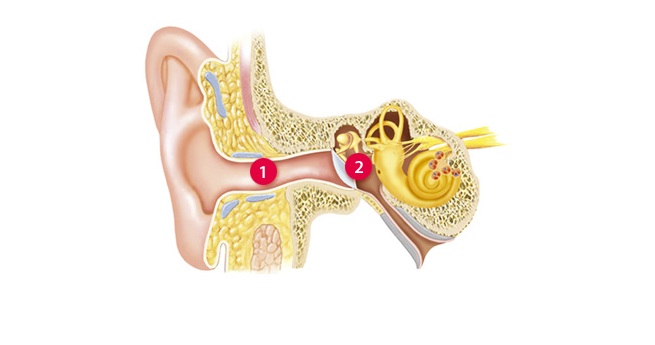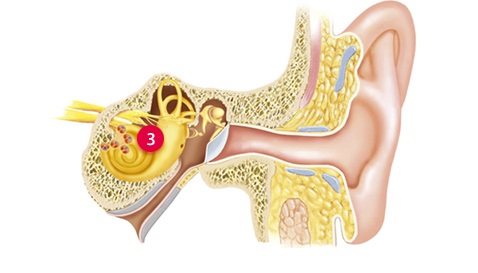Ear & Hearing
Appointment Request
Role of Central Auditory Pathway in hearing and speech perception

Central Auditory Pathway plays a very important role in hearing and listening. This system is a complex network of neural pathways in the brain that is responsible for sound localization, speech understanding in noisy listening situations, and other complex auditory functions, such as music perception. The central auditory pathways extend from the medulla to the cerebral cortex. They consist of a series of nuclei (groups of nerve cell bodies in the central nervous system similar to a peripheral ganglion) connected by fibre tracts made up of their axons (processes that convey signals away from the cell bodies). This complex chain of nerve cells helps to process and relay auditory information, encoded in the form of nerve impulses, directly to the highest cerebral levels in the cortex of the brain. To some extent different properties of the auditory stimulus are conveyed along distinct parallel pathways. This method of transmission, employed by other sensory systems, provides a means for the central nervous system to analyse different properties of the single auditory stimulus, with some information processed at low levels and other information at higher levels. At lower levels of the pathway, information as to pitch, loudness, and localization of sounds is processed, and appropriate responses, such as the contraction of the intra-aural muscles, turning of the eyes and head, or movements of the body as a whole, are initiated.
Damage or impairment to any one of the above four components that make up our hearing system can contribute to hearing impairment. Hearing loss can mislead our brain with a loss of audibility and distortion in the message that is trying to reach the brain. The ears and the brain work together in a sophisticated manner to process sound and allow us to hear as we do.
Different types of hearing loss
The type of hearing loss that you suffer from mostly depends on which part of the hearing system is affected.
Conductive hearing loss
Conductive hearing loss is the result of sounds not being able to get through to the inner ear. This is caused by problems in the outer (1) and middle ear (2).
The most common cause can be a build-up of wax in the ear canal, fluid in the middle ear, perforated eardrums, or damaged middle ear bones. The result of this type of hearing loss is that sounds become quieter, although not usually distorted. Conductive hearing losses can often be treated medically.

Sensorineural hearing loss
This type of hearing loss happens when the delicate sensory cells or nerve fibres in the inner ear (3) get damaged. This stops them from transmitting sound properly. The most common causes are the natural process of ageing or excessive exposure to noise.
This type of hearing loss not only changes our ability to hear quiet sounds, but it also reduces the quality of the sound that is being heard, making it especially difficult to understand speech. Once these hair cells are damaged, they will remain so permanently. Therefore sensorineural hearing loss cannot be cured – at least not at the present time.


